In today’s competitive retail environment, a well-designed shop interior can make all the difference. The interior of a store not only reflects the brand’s identity but also enhances the shopping experience, encourages customer engagement, and ultimately drives sales. In this article, we delve into innovative shop interior design ideas and explore effective retail interior design services that can transform any retail space into a vibrant and inviting environment.
Understanding the Importance of Retail Interior Design
Retail interior design is crucial for creating a memorable shopping experience. It involves a combination of aesthetics, functionality, and branding, all tailored to meet the needs of the target audience. A well-thought-out design can improve customer flow, increase dwell time, and create a lasting impression, which is essential for customer retention and loyalty.
1. Creating an Inviting Atmosphere
The atmosphere of a retail space sets the tone for the shopping experience. To create an inviting environment, consider the following design elements:
- Color Psychology: Colors can evoke emotions and influence purchasing behavior. For instance, warm colors like red and orange can create a sense of urgency, while cool colors like blue and green promote relaxation. Choosing the right color palette can enhance the mood and encourage customers to spend more time in the store.
- Lighting Design: Effective lighting can highlight products and create a welcoming ambiance. Utilize a combination of ambient, task, and accent lighting to draw attention to key areas of the store. Consider using dimmable fixtures to adjust the mood based on the time of day or season.
- Comfortable Layout: A well-planned layout facilitates easy navigation and encourages exploration. Avoid overcrowding and create clear pathways for customers to move through the space effortlessly. Incorporate seating areas where customers can take a break, enhancing their overall experience.
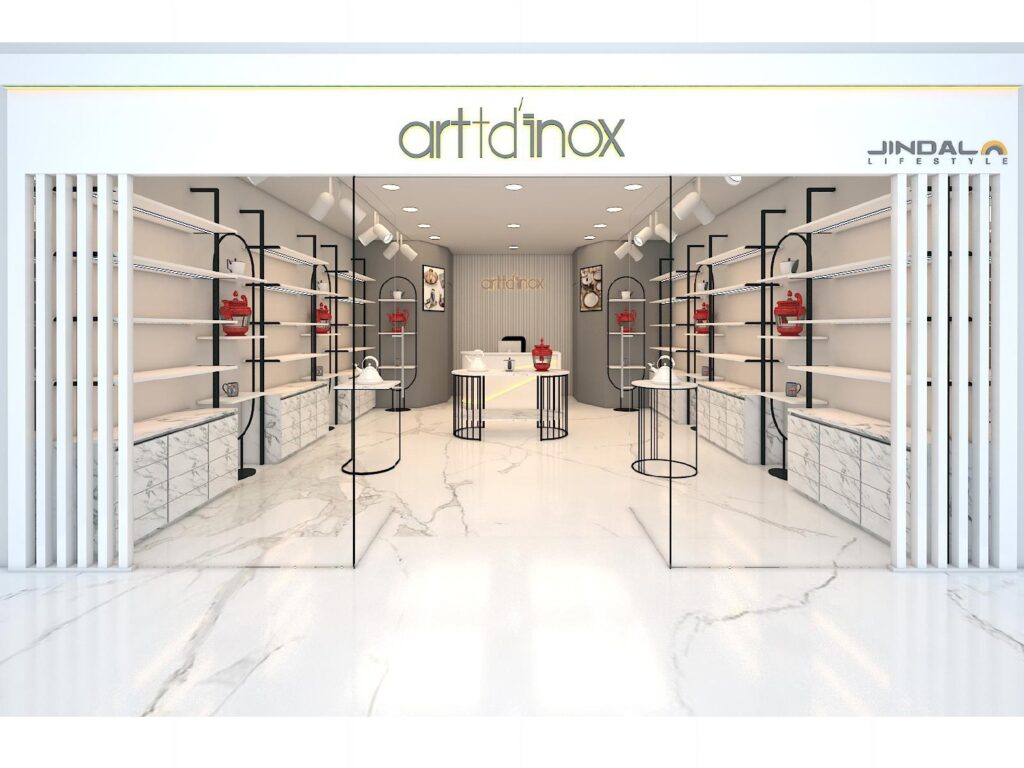
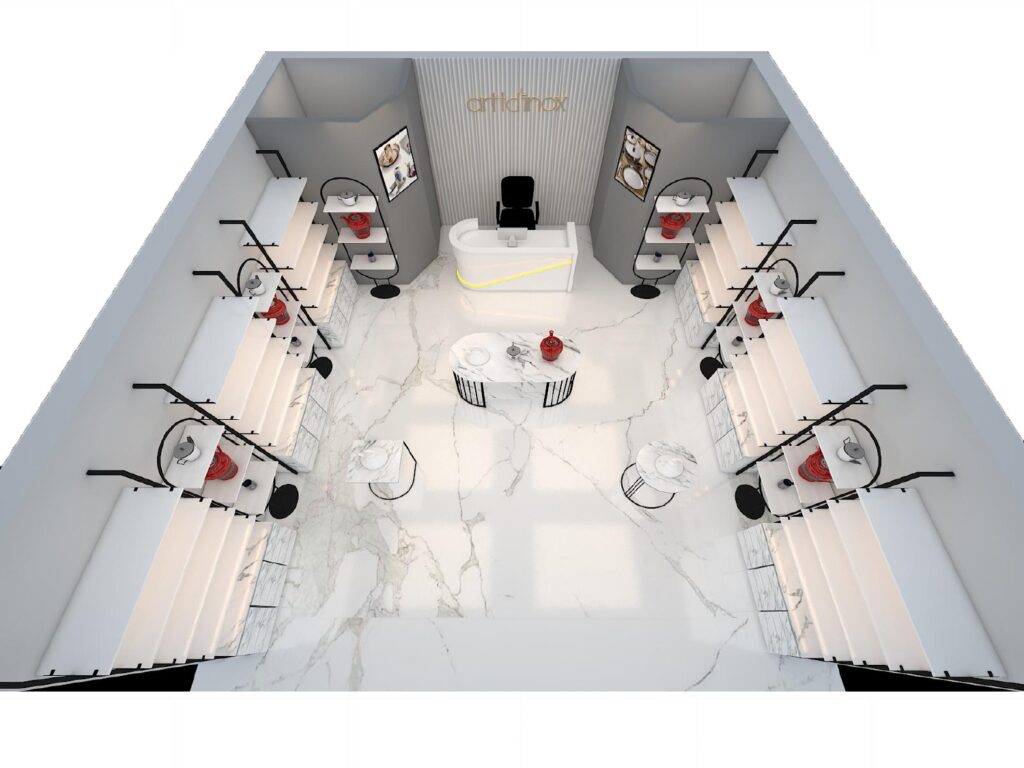
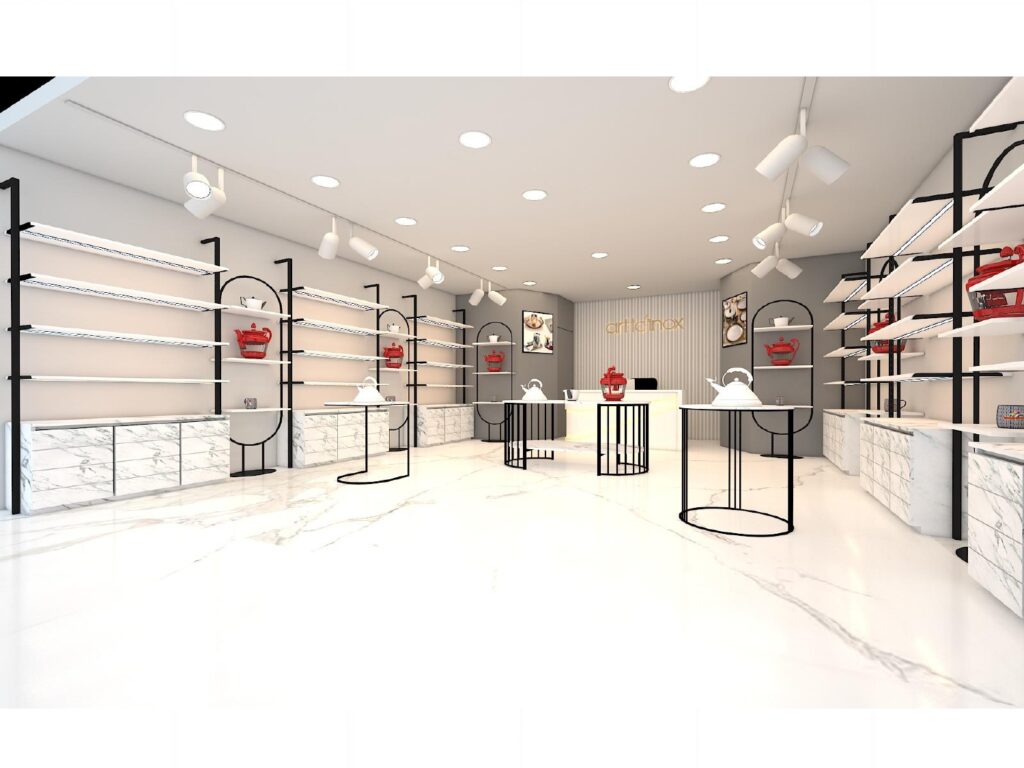
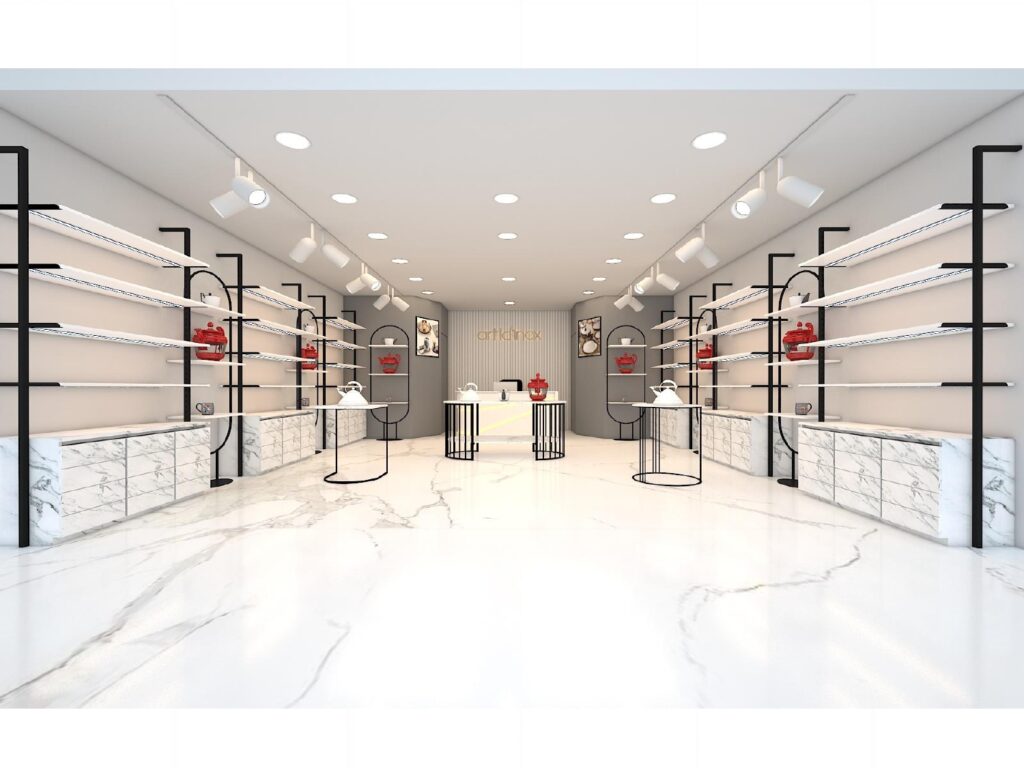

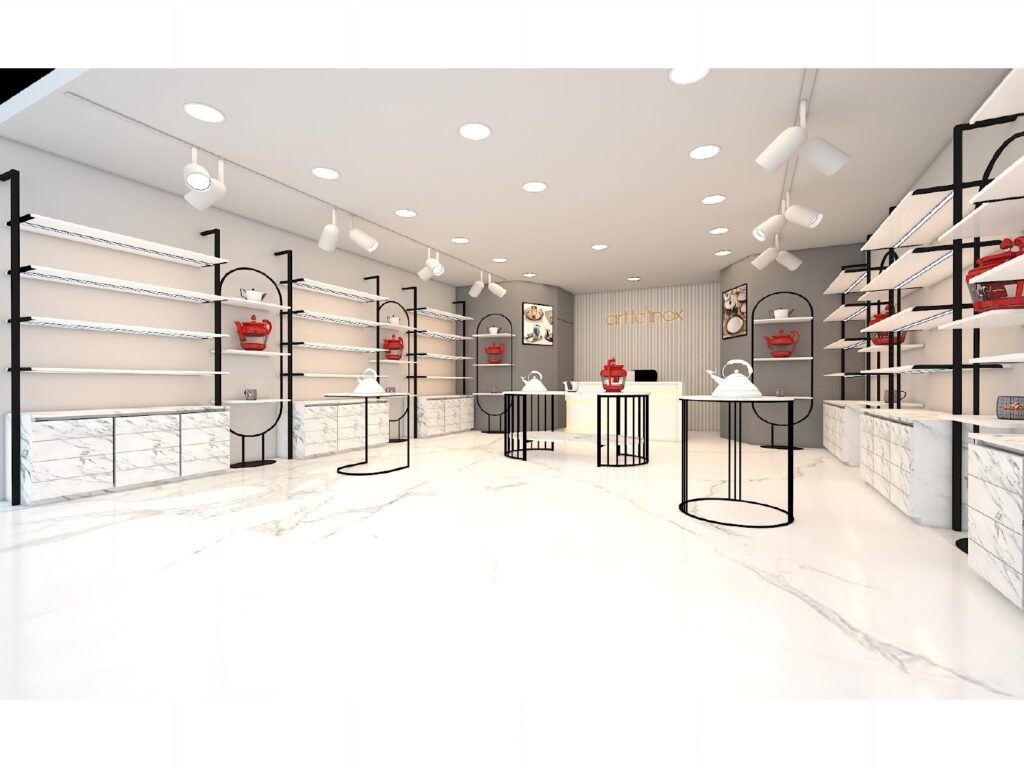
2. Reflecting Brand Identity Through Design
A retail space should be a reflection of the brand’s identity and values. Incorporating unique design elements that resonate with the brand can create a strong emotional connection with customers.
- Themed Décor: Choose a theme that aligns with the brand’s mission and aesthetic. Whether it’s minimalist, rustic, or modern, consistency in design elements such as furniture, signage, and decor reinforces brand identity.
- Custom Fixtures and Displays: Invest in custom-built fixtures that showcase products effectively while aligning with the overall design. Unique display solutions can enhance the visual appeal of the space and differentiate the brand from competitors.
- Storytelling Elements: Use visual storytelling techniques to engage customers. Incorporate graphics, murals, or digital displays that communicate the brand’s story, values, and product offerings.
3. Utilizing Technology in Retail Design
Technology plays a pivotal role in modern retail environments. Integrating innovative solutions can enhance customer experience and streamline operations.
- Interactive Displays: Incorporate touch screens or interactive kiosks that provide information about products, promotions, or the brand. This not only engages customers but also encourages them to spend more time in the store.
- Virtual Reality (VR) and Augmented Reality (AR): Utilizing VR and AR technologies can transform the shopping experience. For instance, customers can use AR apps to visualize how products would look in their homes, bridging the gap between physical and digital shopping.
- Smart Mirrors: Implementing smart mirrors in clothing stores allows customers to virtually try on clothes without the hassle of changing. This innovative technology enhances convenience and creates a unique shopping experience.
4. Sustainable Retail Design Practices
Sustainability is a growing trend in retail interior design. Customers are increasingly drawn to brands that prioritize eco-friendly practices. Implementing sustainable design elements not only attracts environmentally conscious shoppers but also reduces operational costs in the long run.
- Eco-Friendly Materials: Use sustainable materials such as reclaimed wood, recycled metals, and low-VOC paints. These materials not only contribute to a healthier indoor environment but also resonate with eco-conscious consumers.
- Energy-Efficient Solutions: Invest in energy-efficient lighting, heating, and cooling systems to reduce energy consumption. Incorporating natural light through large windows or skylights can also enhance the store’s ambiance while minimizing energy use.
- Biophilic Design: Integrate natural elements such as indoor plants, green walls, and water features to create a calming and inviting atmosphere. Biophilic design not only enhances aesthetics but also improves air quality and customer well-being.
5. Optimizing Space with Zoning Techniques
Effective zoning can help define areas within a retail space, guiding customer flow and enhancing the shopping experience.
- Defined Sections: Create distinct sections for different product categories. This organization allows customers to find what they need quickly and encourages them to explore complementary items.
- Flexible Spaces: Design areas that can be easily adapted for seasonal promotions or special events. Flexible layouts can accommodate changing inventory and marketing strategies without the need for extensive renovations.
- Interactive Zones: Incorporate interactive zones where customers can engage with products. For example, a cosmetics store could have a testing station where customers can try makeup, fostering a hands-on experience.
6. Retail Interior Design Services: Partnering for Success
Engaging professional retail interior design services can elevate your shop’s interior and ensure that all design aspects are cohesively integrated. Here’s how collaborating with experienced designers can benefit your retail space:
a. Comprehensive Consultation and Planning
Professional designers conduct thorough consultations to understand your brand, target audience, and specific needs. They develop a comprehensive design plan that aligns with your vision and objectives.
b. Expert Execution and Project Management
With their expertise, designers manage all aspects of the project, from sourcing materials to overseeing installations. Their experience ensures that the design is executed flawlessly and on time.
c. Post-Implementation Support
After the design is implemented, many design firms offer ongoing support to ensure that the space remains functional and aligned with the brand’s evolving needs.
Conclusion
Transforming a retail space requires a thoughtful approach to design that encompasses aesthetics, functionality, and brand identity. By incorporating innovative design ideas and partnering with professional retail interior design services, businesses can create inviting environments that enhance the shopping experience and drive sales. Whether you’re launching a new store or renovating an existing space, embracing these design principles will set the foundation for a successful retail venture.

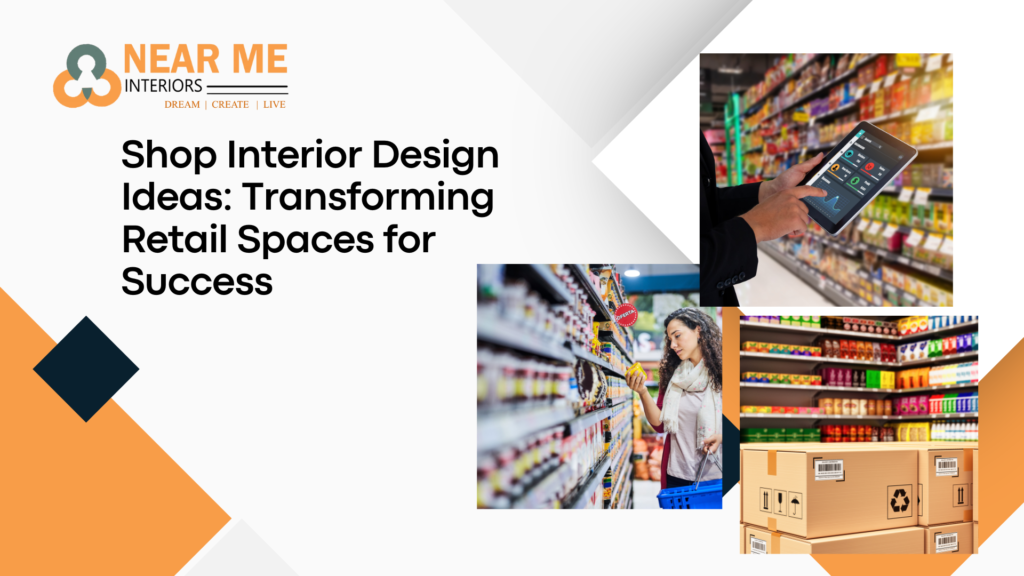













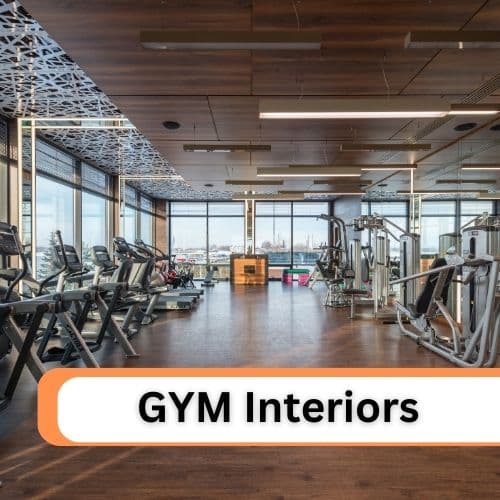







This Post Has One Comment
Pingback: Interior 3D Designers Near Me | 3D Visualization Experts